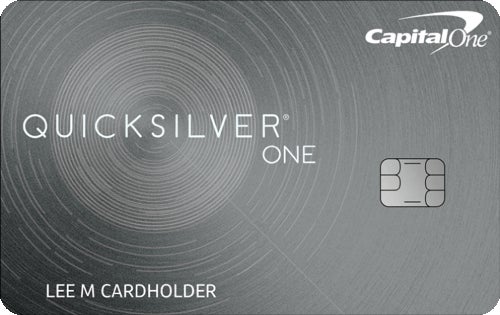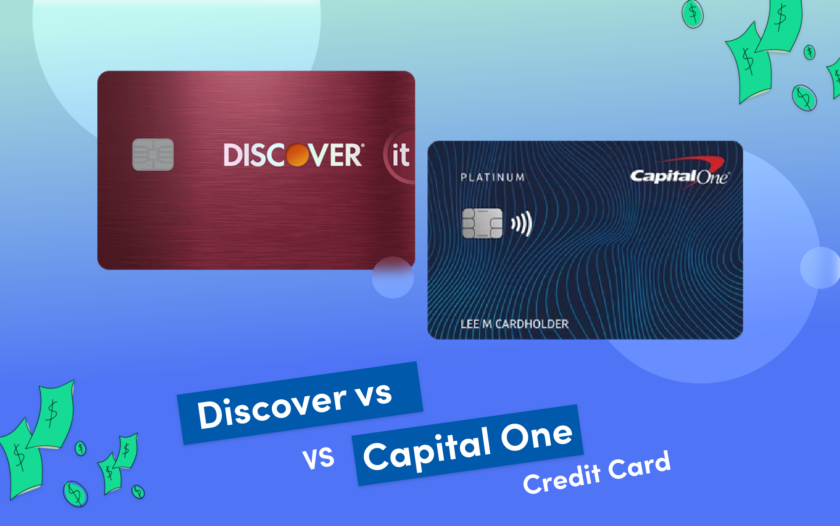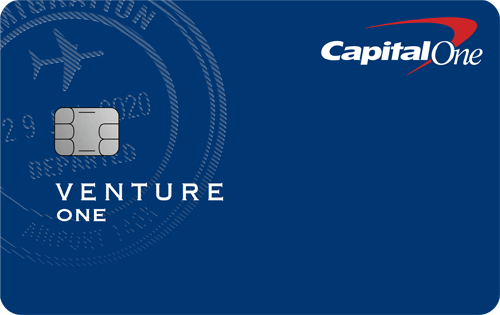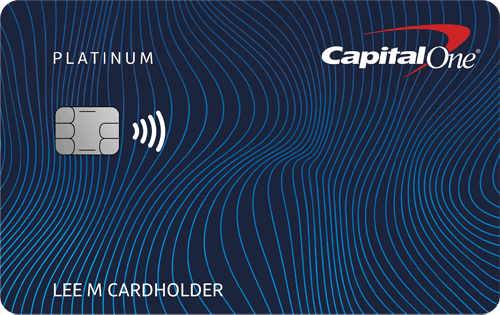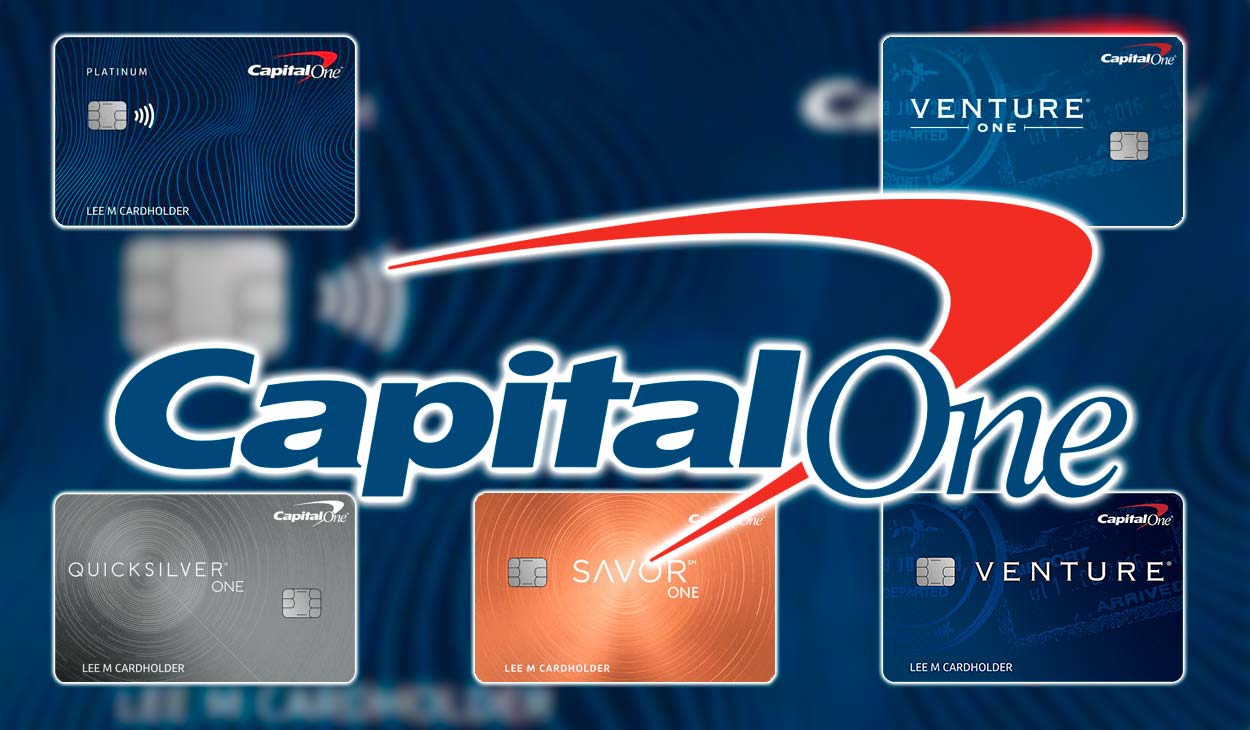Capital One And Credit One The Same

Capital One and Credit One are two distinct financial institutions that often get confused due to their similar names. Despite operating in the same credit card market, they cater to different customer segments and have distinct business models.
The confusion stems from the phonetic resemblance of their names. This article aims to clarify the differences between these two companies and address common misconceptions.
Understanding the Key Differences
While both Capital One and Credit One offer credit cards, their target audiences and card offerings differ significantly. Capital One is a major national bank with a wide range of financial products and services, while Credit One primarily focuses on providing credit cards to individuals with less-than-perfect credit.
Capital One offers a diverse portfolio of credit cards, including those with travel rewards, cash back rewards, and balance transfer options. They generally require a good to excellent credit score for approval. Credit limits and interest rates are often more favorable for those with strong credit histories.
Conversely, Credit One specializes in offering credit cards to consumers with fair or poor credit. These cards often come with higher interest rates and fees, but can be a tool for rebuilding credit. Credit limits are typically lower compared to Capital One cards.
The Business Model Disparity
Capital One operates as a full-service bank, offering checking and savings accounts, auto loans, and other financial products in addition to credit cards. This allows them to serve a broad customer base and generate revenue from multiple streams.
Credit One is primarily a credit card issuer focusing on a specific niche market. Their revenue model relies heavily on interest charges and fees associated with their credit card products. This specialization distinguishes them from Capital One's more diversified approach.
According to the Better Business Bureau, Capital One generally receives higher ratings and fewer complaints compared to Credit One. This reflects the differing customer experiences and the nature of the customer base each company serves.
Consumer Perception and Brand Recognition
Capital One enjoys widespread brand recognition and a reputation as a major financial institution. Their marketing campaigns often emphasize rewards programs and customer service.
Credit One's brand recognition is primarily within the subprime credit card market. Their marketing focuses on providing access to credit for those who may not qualify for other cards.
"It's crucial for consumers to understand the differences between these companies to make informed financial decisions," says Jane Doe, a financial advisor.
Avoiding Confusion and Making Informed Choices
Consumers should carefully research and compare credit card offers before applying. Pay attention to interest rates, fees, credit limits, and rewards programs.
Always read the fine print and understand the terms and conditions of any credit card agreement. This is especially important when considering cards targeted at individuals with less-than-perfect credit.
Checking your credit score regularly and taking steps to improve it can open up access to more favorable credit card options. This may involve paying bills on time, reducing debt, and correcting any errors on your credit report.
The Impact on the Credit Card Market
The existence of both Capital One and Credit One demonstrates the segmentation within the credit card market. Different companies cater to different risk profiles and financial needs.
While Capital One offers a broader range of products and services to a diverse customer base, Credit One fulfills a specific need by providing access to credit for individuals with limited or damaged credit histories.
Understanding these differences empowers consumers to make informed choices about which credit card is right for their individual circumstances. This ultimately contributes to a more informed and efficient credit card market.
In conclusion, although Capital One and Credit One share a phonetic similarity in their names, they are distinct entities with different business models, target audiences, and brand reputations. Consumers should carefully evaluate their individual needs and credit profiles before choosing a credit card from either company.
